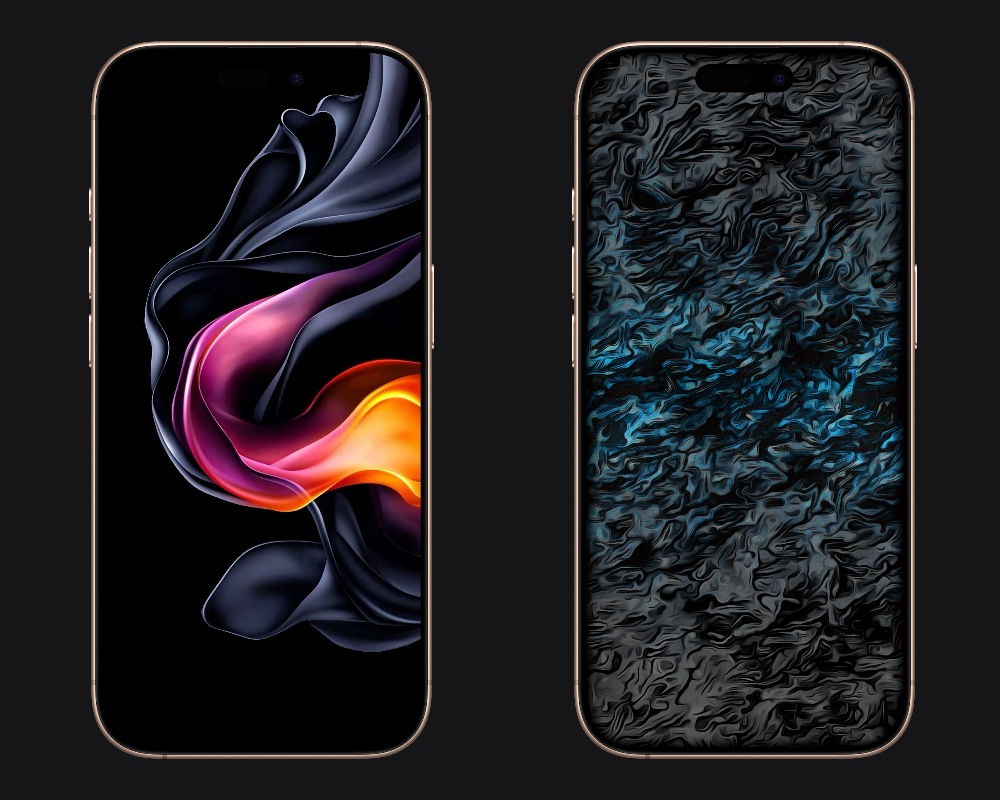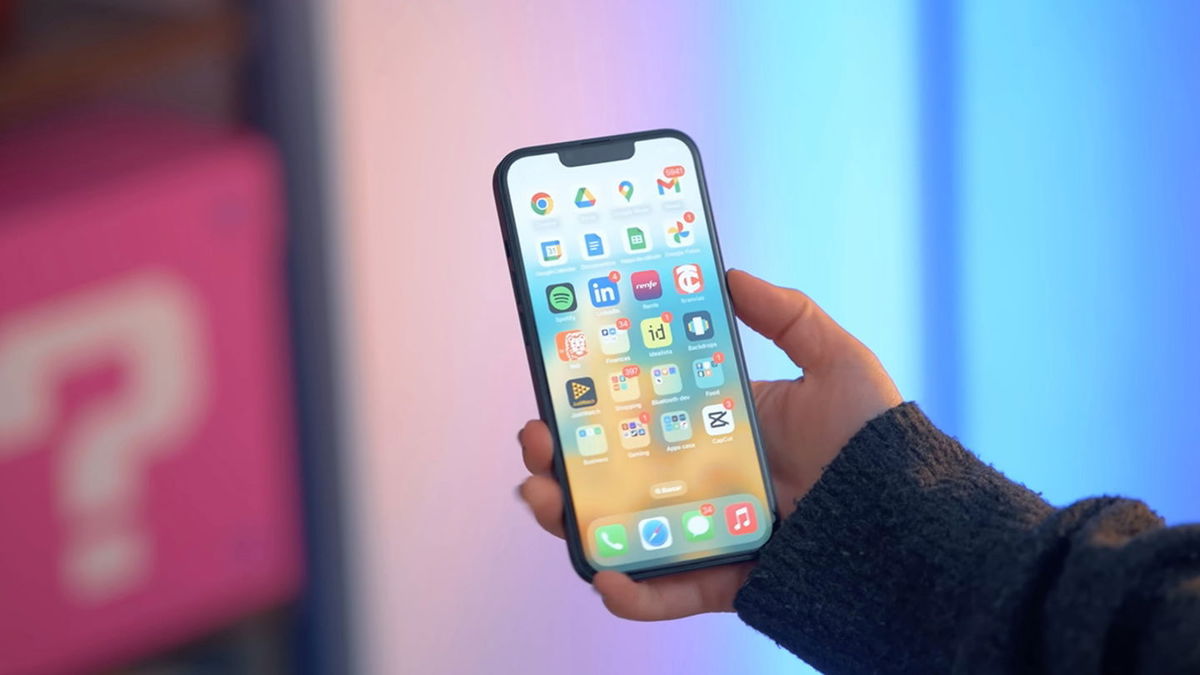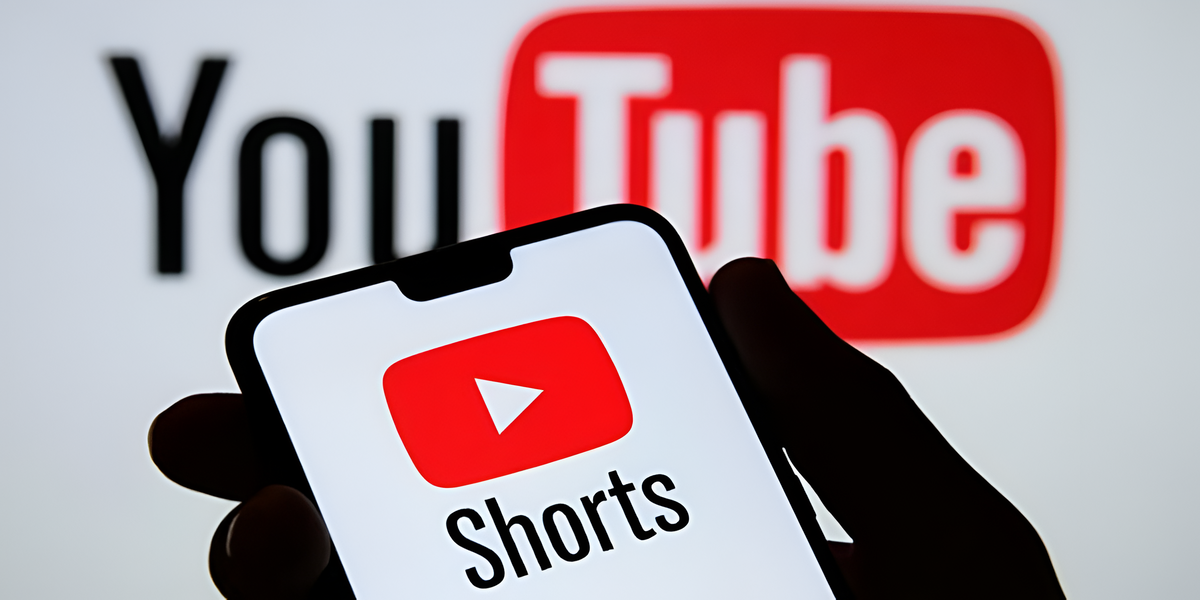tech giant Meta, known as the parent company of Facebook, Instagram and Threads It has announced that in the coming months, it will implement a system that will automatically identify and tag photorealistic images created by Artificial Intelligence (AI) circulating on social networks.
(Read more: After releasing mixed reality viewer, Apple confirms it is working on generative AI).
This initiative aims to provide users with greater clarity about the origin of images and prevent confusion between human-generated content and algorithm-generated content.
In a digital world where highly realistic content generated by AI is increasingly available, the task of distinguishing between what is produced by humans and what is produced by machines has become more challenging.
The company expressed excitement at the creativity shown by users using generative AI tools such as the Meta AI chatbot image generator, which allows images to be created from simple text prompts.
(Continue reading: The new HONOR smartphone has arrived in Colombia).
However, it is aware that transparency is an important element in this new technological context.
To achieve this goal, Meta will not only label images created by its own AI, but will also apply labels to photorealistic images created with third-party generative AI. Google, OpenAI, Microsoft, Adobe, Midjourney and Shutterstock.
These tags will be automatically added in all languages available on each social network to inform users of the source of the images.
(You may be interested in: Don’t fall! Reasons why cybercriminals search for personal data).
Led by Mark Zuckerberg, the company has worked collaboratively with industry partners to create common standards for defining AI-generated content.
In addition to visible labelsMeta added invisible watermarks as metadata embedded in image files, To provide greater robustness in identifying such content.
These practices comply with the guidelines of the Partnership for Artificial Intelligence (PAI), a forum for discussing artificial intelligence-related issues.
(You may see: ‘Super apps’: all-in-one apps that continue to conquer users).
However, the company acknowledges that there is still work to be done, especially when it comes to identifying audio and video content generated by artificial intelligence. Despite advances, signal detection in these formats has not been achieved on a large scale.
Meta will therefore allow users to report such content on their social networks and add tags if necessary. Additionally, more prominent labels will be applied to content that poses a high risk of deception.
The company is committed to further advancing this field and developing classifiers that can detect AI-generated content even when invisible markers are not used. It is also working on methods that will make it harder to remove or replace invisible watermarks on content created by artificial intelligence.
(Continue reading: Google will be prosecuted for monopolizing digital advertising: it is known).
Meta emphasized the importance of AI in detecting misleading content on its platforms, including identifying hate speech and other violations of its conduct policies.
– What to do when your iPhone is not updated to the latest version of iOS?
– There will be an area where ‘practical demonstrations’ will take place at MWC 2024
– Do not: bathing, driving and other hazardous uses of Apple Vision Pro
*This content was prepared based on information received from Europa Press with the help of artificial intelligence and reviewed by the journalist and editor.
Source: Exame













